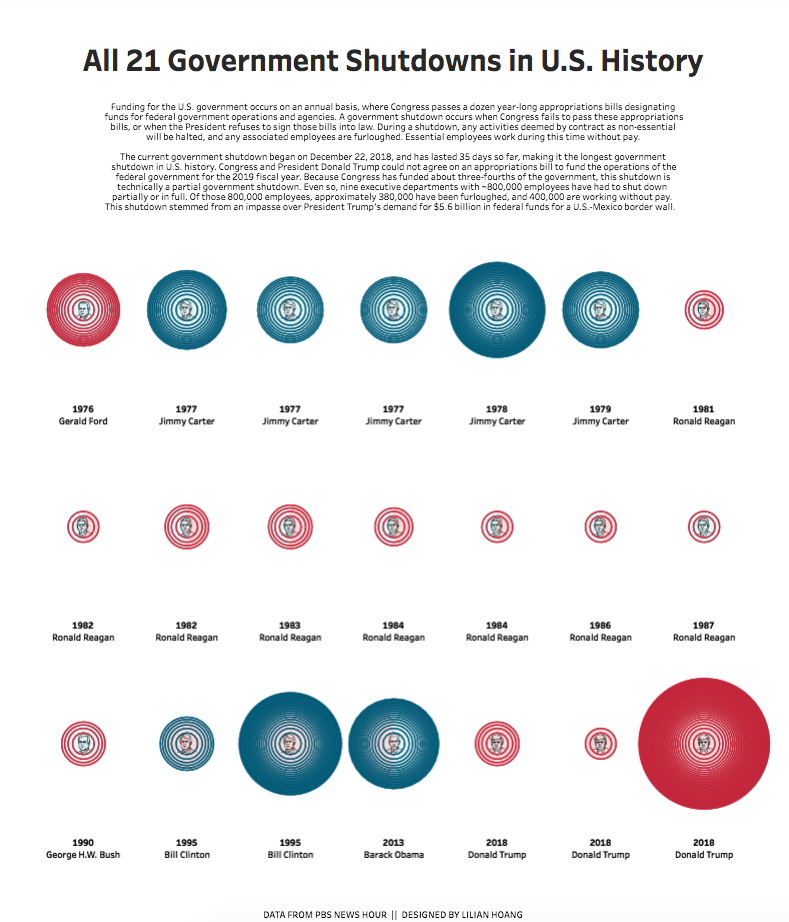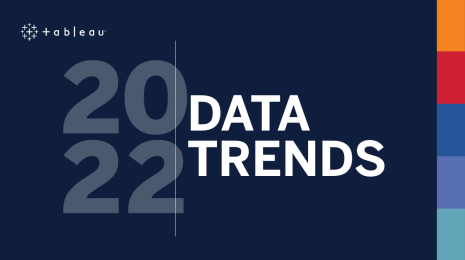Shutdown: How data analytics can help mitigate business disruption
Business interruptions occur for a variety of reasons and affect both private and public sector organizations. We are familiar with how natural disasters such as hurricanes, earthquakes and tornadoes can affect both the physical and cyber infrastructure. In addition to natural disasters, other incidents such as cyber-attacks against organizations also interrupt the ability of organizations to deliver goods and services. A government shutdown is an example of business interruption—in this case interrupting the business of government—which is delivery of its programs and services to citizens.
The recent Federal government shutdown illustrates how a shutdown can impact citizens. Federal employees worked without pay, even those deemed essential like TSA gate agents; national parks were closed or unsupervised; the IRS stopped processing tax refunds and updating tax forms; and immigration courts closed. The bigger question is, how long will it take Federal agencies to return to normal after the shutdown?
Data points: All 21 government shutdowns in US history
This interactive visualization on Tableau Public highlights the political leadership and the issues behind all twenty-one US government shutdowns. Tableau Public is a popular platform to save, store, and view visualizations that use public and private sector data sources, and connect with others in the data community.
How an organization recovers from a disruption in business depends on how quickly that organization can assess where they are and what they need to do to return to “business as usual.” Data and analytics can help organizations recover more quickly. Having a complete picture of the impact an interruption has on the organization helps organization leadership to focus on the steps to take to return to normal. Using data, leadership can see and understand functions they can restore quickly, and functions that require more time. This insight gives the organization’s leadership a list of prioritized actions to implement that mitigate any further affect stakeholders who are dependent on the organization.
Governments are no different. Using data and analytics, government agencies are able to ensure that citizen programs and services return to normal. Furloughed employees can use data and analytics to return to business as usual within their agency with minimal interruptions. Especially for employees whose job functions were not considered essential, but the work of their agencies continued. Additionally, data and analytics can reveal the true impact a disruption has on back wages, benefits, and other financial matters, and quickly deliver an accurate assessment.
While no one in the private or public sector wants interruptions to occur, they do. How an organization leverages one of its most valuable assets—data—determines how quickly an organization can assess, react, and implement a plan to return to business as usual and deliver the “business of government.”
Visit our Government Solutions page to learn more about how a modern data analytics platform can help federal agencies achieve mission-critical outcomes.
Related Stories
Subscribe to our blog
Get the latest Tableau updates in your inbox.









